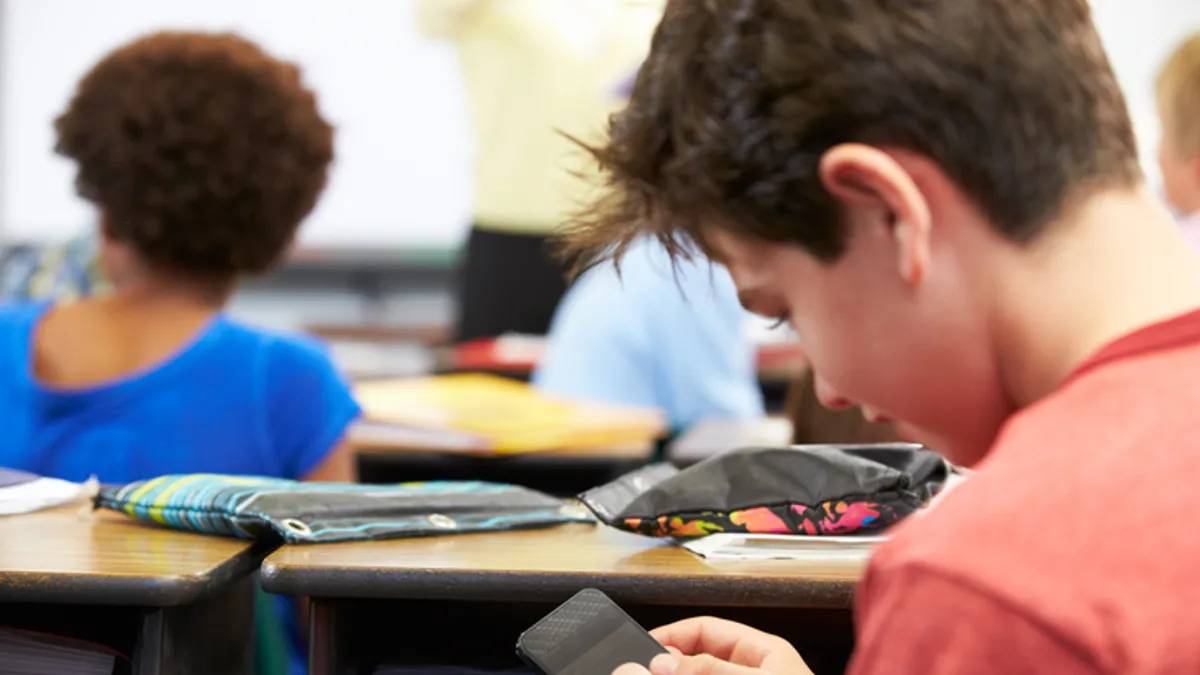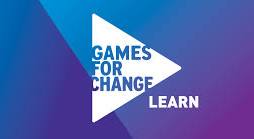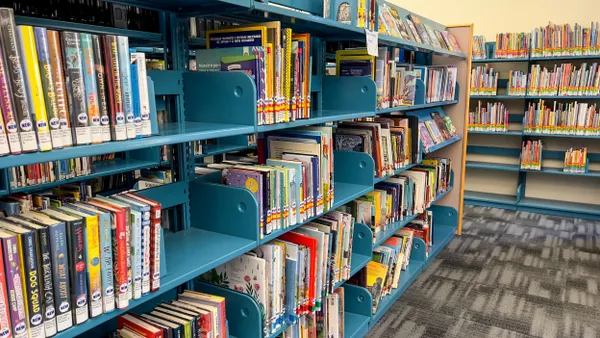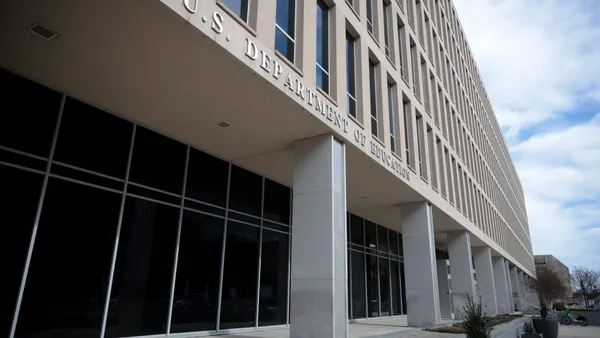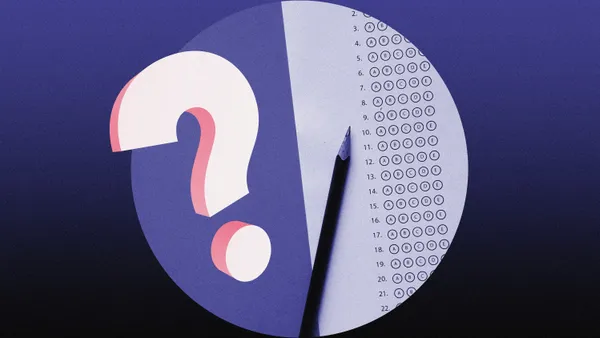Dive Brief:
- As students spend more time on digital media, and as misinformation — and disinformation — continues to infiltrate those platforms, how should educators react? Experts say they should take a meta approach that educates students in digital literacy and gently but persistently questions conspiracies rather than arguing.
- Media literacy needs to be infused throughout the curriculum because students are consuming media related to every subject, said Eisha Buch, head of teaching and learning at Common Sense Media.
- While facts and information debunk those theories, students who believe them shouldn’t be put on the defensive. “Give students the tools to reflect as much as they can, with open-ended, non-judgmental questions,” said Noah Rauch, senior vice president of education and public programs for the 9/11 Memorial & Museum. “Get students to think about their own thinking.”
Dive Insight:
Media literacy is as critical as teaching students to read, write and do math, said Buch. The urgency for the subject comes with the rise of artificial intelligence and the ongoing circulation of conspiracy theories about everything from 9/11 to the COVID-19 pandemic.
“Debunking conspiracy theories is part of media literacy,” but it’s not the place to start, said Buch. “It’s about understanding the media ecosystem that allows such content to flourish.”
Many museums offer resources for educators, including the 9/11 Memorial & Museum, which has a variety of programs and resources for schools and teachers to talk about the tragedy. These include physical and virtual field trips, as well as professional development opportunities for educators at the museum, online and at conferences around the country, Rauch said.
Some of this programming focuses both on debunking particular conspiracy theories and on critical thinking, often starting with the Occam’s razor principle. “The simplest explanation is often the correct one,” Rauch said, adding, “If you belittle an idea, it’s going to force people into a corner."
Such techniques are certainly not limited to combating misinformation and disinformation about 9/11, Rauch said.
Educators should ask students, “What’s the goal of the conspiracy? How many people would need to be involved?” he said. “Is there any piece of evidence we can give you that might change your mind?”
For educators to succeed in these meta-strategies, they first need to understand the attention economy — in which companies compete for individuals’ attention as a commodity — and how it works, and then instill that understanding in students, Buch said.
This would include asking who profits off of the content, why the content exists, and who it serves. Then, educators should ask students to decide whether they want to engage with a given post or news story, or decide to ignore it, Buch said. If a student decides to engage, they should think critically and stay curious, Buch said.
Especially in an AI-fueled world, students should not “go super-deep on one particular post — go wide, on different sources,” she said. “This is, admittedly, the hardest piece, especially with AI: You can find multiple sources that still give you the wrong information.”
Students should also be urged to check their emotional responses, Buch said.
“If something makes you furious or excited, it’s worthwhile to pause and think,” she said. “Strong emotions work against your ability to think critically. Disinformation is trying to bypass the rational frame.”
Educators should continuously practice these measures in class — even, Buch said. with reliable sources of information.
“Everything you see online is tied to an incentive model in some way,” Buch added. “You’re not trying to teach kids to be cynical, but you do want them to think critically.”

